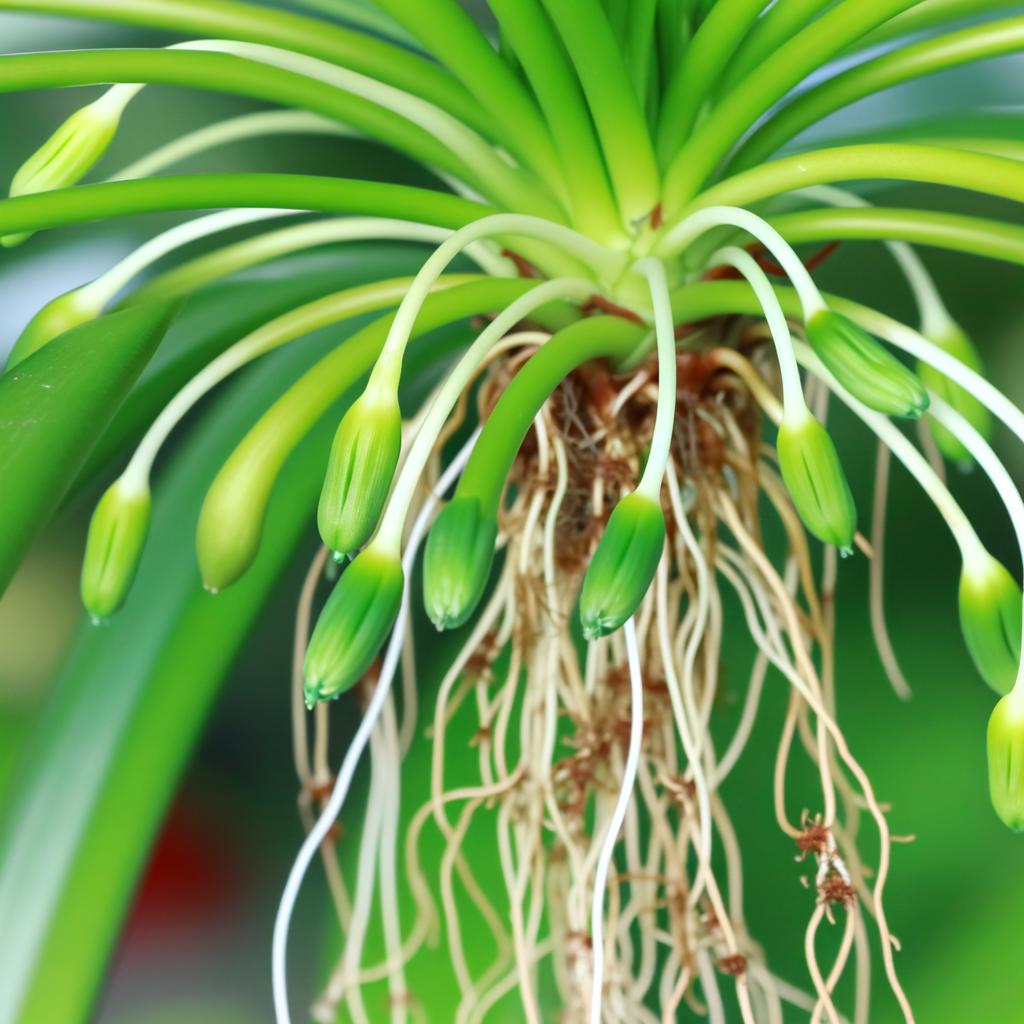Spider Plant Babies: Complete Guide to Propagation and Care
One of the most rewarding aspects of growing spider plants is their ability to produce adorable offspring called "spiderettes" or "spider plant babies." These miniature versions of the parent plant can be easily propagated to create new plants. Understanding spider plant care basics is essential before starting propagation, and knowing about different spider plant types can help you choose the best varieties for propagation.

Understanding Spiderettes
Spiderettes are the charming offspring of the spider plant, resembling miniature replicas of the mature plant. These spider plant babies emerge from the mother plant, often in abundance, as a natural part of the plant's reproductive cycle. Spiderettes develop from flowers that bloom on the mature spider plant, gradually transforming into full-fledged plantlets complete with their own leaves and roots. While spider plants primarily reproduce through these plantlets, they can also produce seeds from their flowers, though this is much less common in cultivation.
When Spiderettes Form:
- • Typically appear in spring and summer
- • Require adequate light and proper care
- • Indicate a healthy, mature plant
- • Can produce multiple spiderettes per season
The production of spiderettes is the spider plant's way of ensuring its legacy, a botanical phenomenon known as vegetative reproduction. These baby plants hang from the mother plant like delicate ornaments on slender stems, known as runners. They are not only a sign of a thriving plant but also nature's ingenious method of propagation, ready to root and grow with little intervention from us.
Propagation Methods
When it comes to propagating spider plants, gardeners have several effective methods at their disposal. Each technique has its benefits and can cater to different preferences or available resources.
Water Propagation
Water propagation is one of the easiest methods for spider plant babies. Simply place the spiderette in a glass of water and watch the roots develop.
Water Propagation Steps:
- 1. Cut a spiderette from the parent plant
- 2. Place in a glass or jar with clean water
- 3. Ensure only the base is submerged
- 4. Change water every few days
- 5. Wait for roots to develop (2-4 weeks)
- 6. Transfer to soil once roots are 1-2 inches long
💡 Pro Tip:
Spider plants can actually thrive in water permanently! Check our complete hydroponic guide to learn how to grow spider plants in water long-term.
Once roots develop, you'll need to transplant to soil. See our complete transplant guide for step-by-step instructions on successful transplanting.
Air Layering
Air layering is a method where you allow the spiderette to develop roots while still attached to the parent plant. This can be done by placing a small pot of soil near the spiderette and guiding it into the soil.
Air Layering Process:
- 1. Position a small pot filled with soil near the spiderette
- 2. Gently guide the spiderette into the soil
- 3. Secure it in place with a small stake or clip
- 4. Keep the soil moist
- 5. Once roots develop, cut the connection to parent
Caring for Spider Plant Babies
Once your spider plant babies have been successfully propagated, they will require attentive care to flourish. Proper care ensures they grow into healthy, vibrant adults ready to produce spiderettes of their own.
Watering Requirements
Water your new spider plants sparingly. The soil should be kept slightly moist but not waterlogged to prevent root rot.
- • Water when top inch of soil feels dry
- • Use room temperature water
- • Avoid overwatering
- • Ensure proper drainage
Light and Temperature
Spider plants thrive in bright, indirect sunlight. Place them in a location that receives plenty of light but is shielded from harsh midday sun.
- • Bright, indirect light
- • 65-75°F (18-24°C) temperature
- • Avoid drafts
- • Consistent environment
Fertilization
Fertilize the spider plant babies sparingly, as over-fertilization can do more harm than good. For detailed fertilizing guidance, see our complete fertilizer guide.
- • Use balanced, water-soluble fertilizer
- • Dilute to half strength
- • Apply monthly during growing season
- • Stop in fall and winter
Potting and Soil
Choose the right potting mix and container for optimal growth.
- • Well-draining potting mix
- • Small pots with drainage holes
- • Repot as they grow
- • Use fresh soil
Light Requirements for Propagation
Proper lighting is crucial for successful spider plant propagation. Spiderettes need bright, indirect light to develop strong roots and healthy growth. Avoid direct sunlight which can damage the delicate new plants. For detailed information about optimal lighting conditions, see our complete light requirements guide.
Quick Navigation
Related Guides
-
Spider Plant Care
Essential care tips for healthy spider plants
-
Spider Plant Types
Explore different varieties for propagation
-
Plant Care Glossary
Learn propagation and care terminology
Propagation Tools & Products
Get the right tools and products to make spider plant propagation easier and more successful.